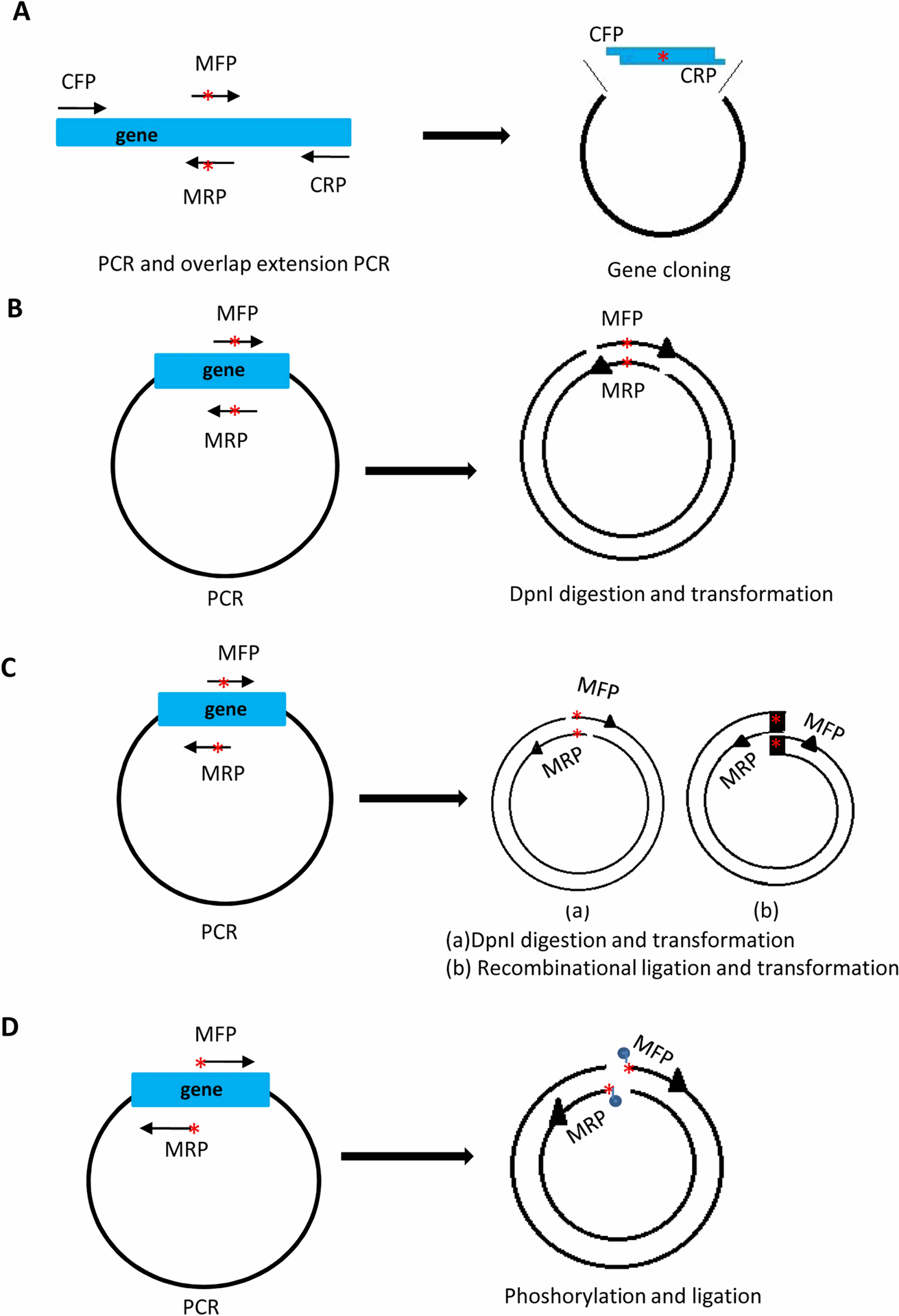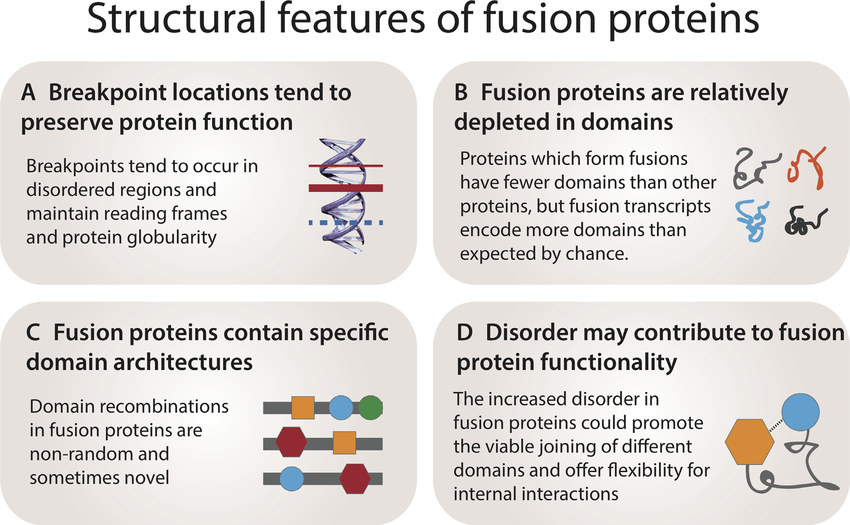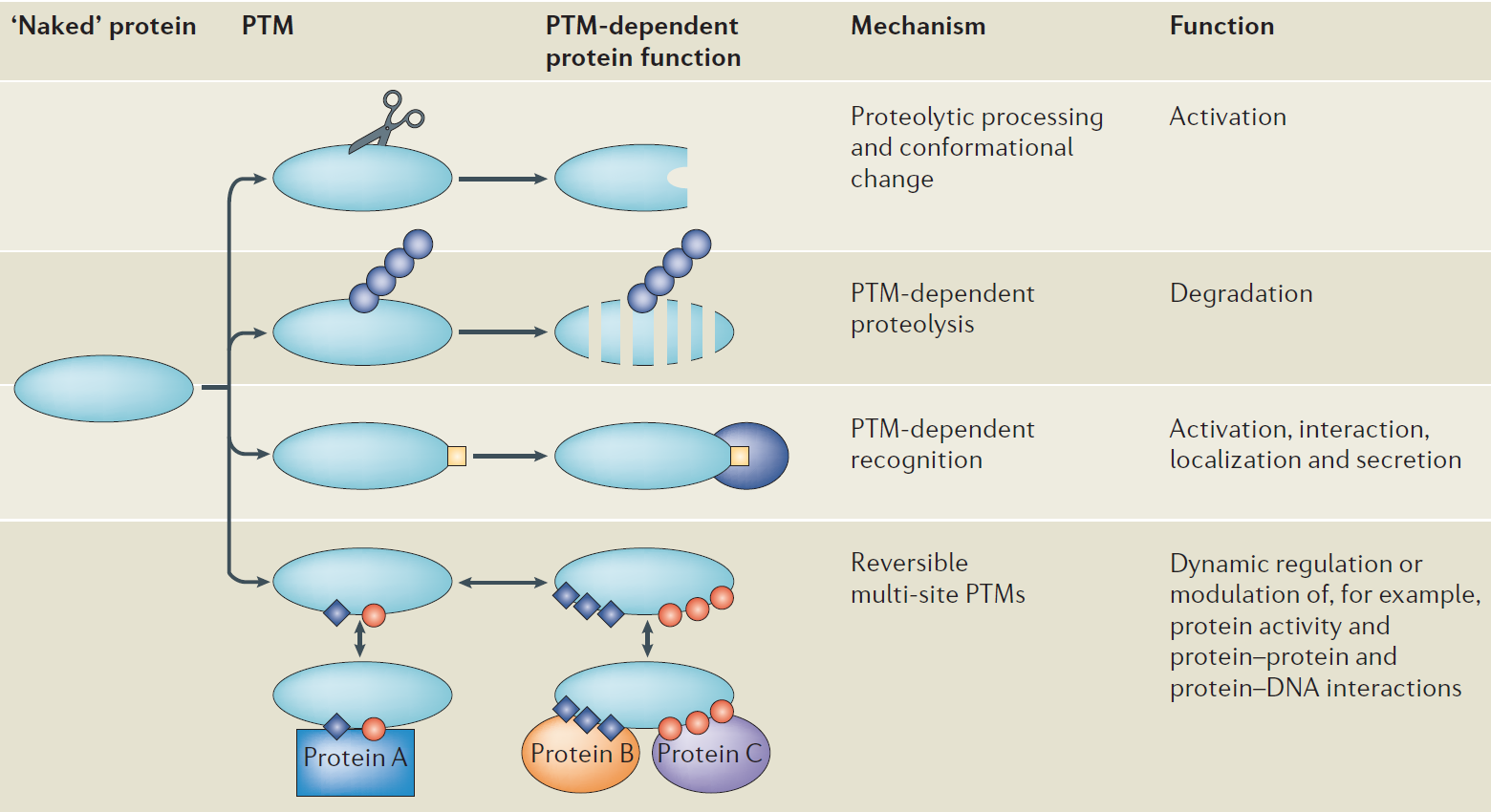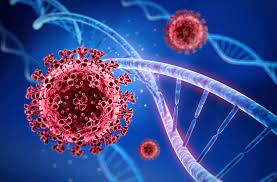Introduction
Proteins are essential molecules in living organisms, responsible for a wide range of tasks. Protein engineering is a technique that uses genetic modification to change the structure and function of proteins. This approach allows scientists to create new proteins with desired properties.
Techniques Used in Protein Engineering
There are several methods used in protein engineering:
- Site-directed mutagenesis: This technique involves precisely changing specific amino acids in a protein's sequence. These changes can affect the protein's activity, stability, or ability to bind to other molecules.

- Protein fusion: This method combines protein segments with different functionalities to create a new protein with a unique set of properties.

- Directed evolution: This approach involves creating libraries of proteins with random mutations. These libraries are then screened to identify variants with improved characteristics.
- Computational design: Scientists can use computer modeling to predict the effects of amino acid substitutions on protein structure and function. This information can be used to design proteins with specific functionalities.
Applications of Protein Engineering
Protein engineering has numerous applications in various fields:
- Enzymology: Engineered enzymes with increased efficiency or new substrate specificities can be used in industrial processes or environmental cleanup.
- Drug discovery: Scientists can design proteins that bind to specific molecules, potentially leading to new therapeutic drugs.
- Material science: Engineered proteins with self-assembly properties can be used to create novel biomaterials with tailored functionalities.
- Agriculture: Crops with improved stress tolerance or nutritional value can be developed through protein engineering.

Challenges and Future Directions
Despite its potential, protein engineering faces some limitations:
- Predicting protein structure and function: Accurately predicting the consequences of mutations on protein behavior remains a challenge.
- Protein folding and stability: Altering protein sequences can disrupt proper folding and stability, leading to nonfunctional proteins.
Future advancements in protein engineering are focused on overcoming these challenges and exploring new possibilities:
- Computational tools: Improved computer modeling will enhance the prediction of protein structure and function.
- Directed evolution techniques: Refining methods like phage display can accelerate the discovery of valuable protein variants.
- High-throughput screening: Automation and miniaturization of screening methods will allow for rapid evaluation of large protein libraries.
Fast and Efficient Multi-Site Mutagenesis with the Fast MultiSite Mutagenesis System
Site-directed mutagenesis, a cornerstone of molecular biology, allows researchers to introduce precise changes within a DNA sequence. Traditionally, this process can be laborious and time-consuming, especially when multiple mutations are required across different regions of a gene. The Fast MultiSite Mutagenesis System, such as provided by Gentaur, addresses this challenge by offering a rapid and efficient method for generating DNA constructs harboring multiple site-directed mutations. 
This system utilizes specially designed primers containing the desired mutations and leverages a high-fidelity DNA polymerase for amplification. Following amplification, a proprietary assembly mix facilitates seamless recombination of up to six mutated fragments, resulting in a single construct containing all the desired modifications. The Fast MultiSite Mutagenesis System boasts several advantages, including its remarkable speed (often requiring only 15 minutes for recombination) and high efficiency (achieving over 90% mutagenesis success). Furthermore, this system offers flexibility, allowing researchers to introduce mutations at various locations within the target DNA and ensuring compatibility with different cloning sites. These features make the Fast MultiSite Mutagenesis System an invaluable tool for researchers requiring the creation of DNA constructs with multiple site-directed mutations for functional studies of genes or protein engineering endeavors.
Conclusion
Protein engineering is a powerful technique for modifying proteins and creating new ones with desired functions. As our understanding of protein structure and function improves, protein engineering will continue to revolutionize various scientific fields, leading to significant discoveries and applications.
Curious about how scientists actually modify proteins? Watch this video